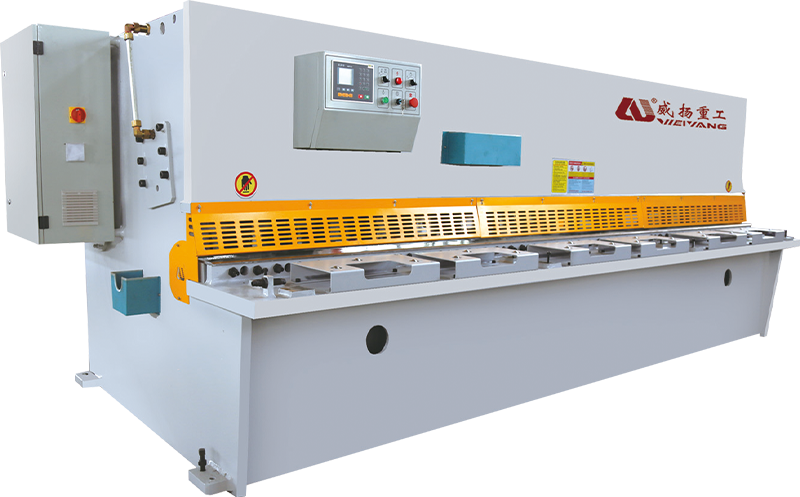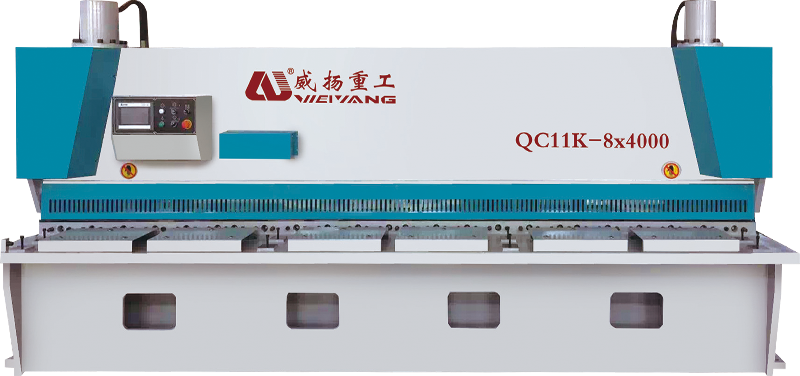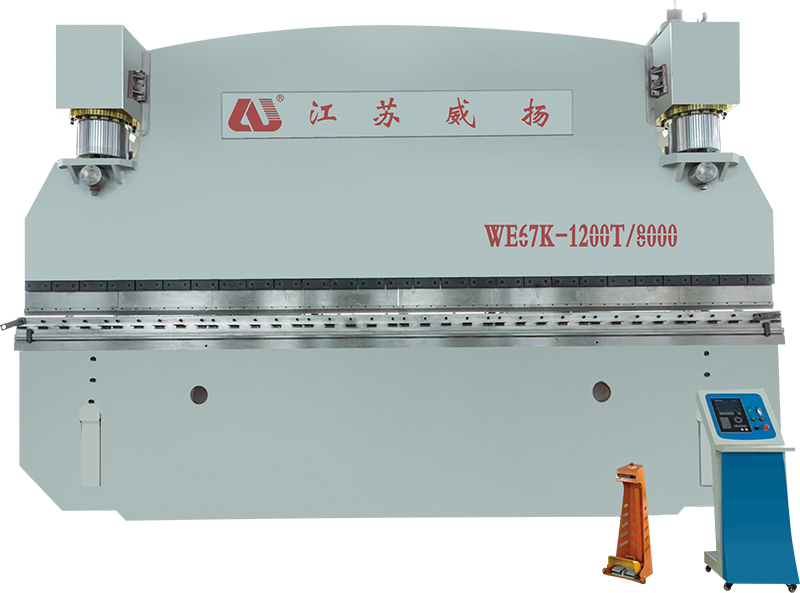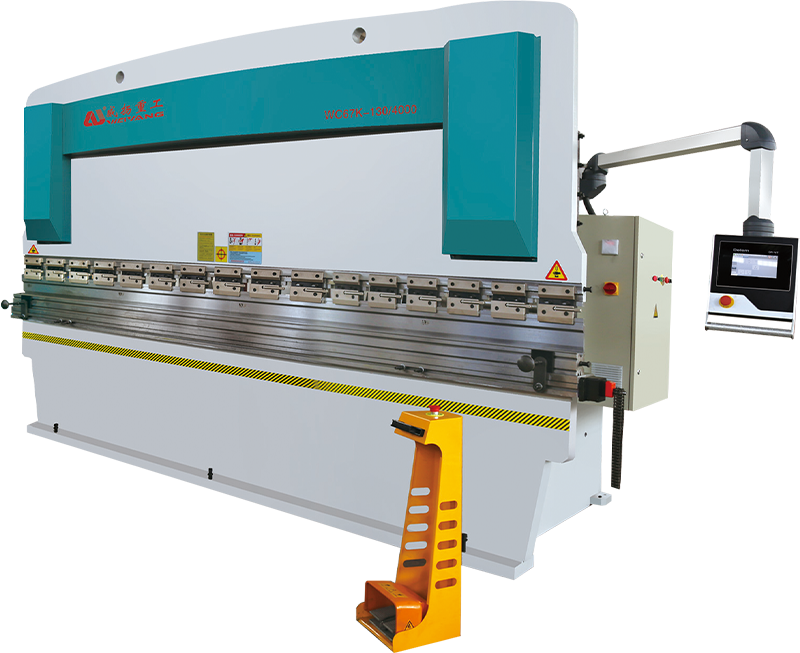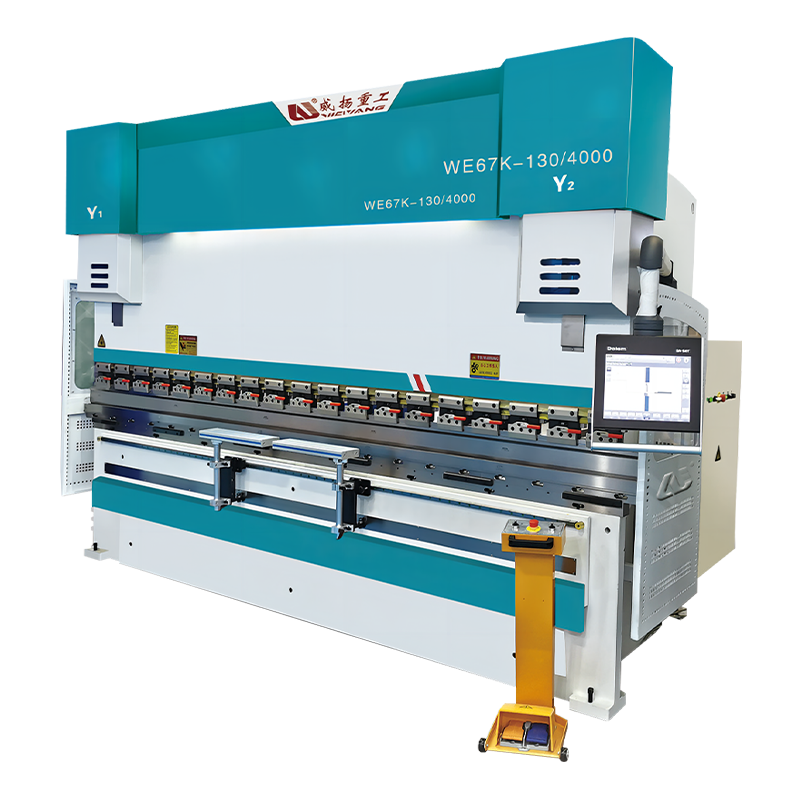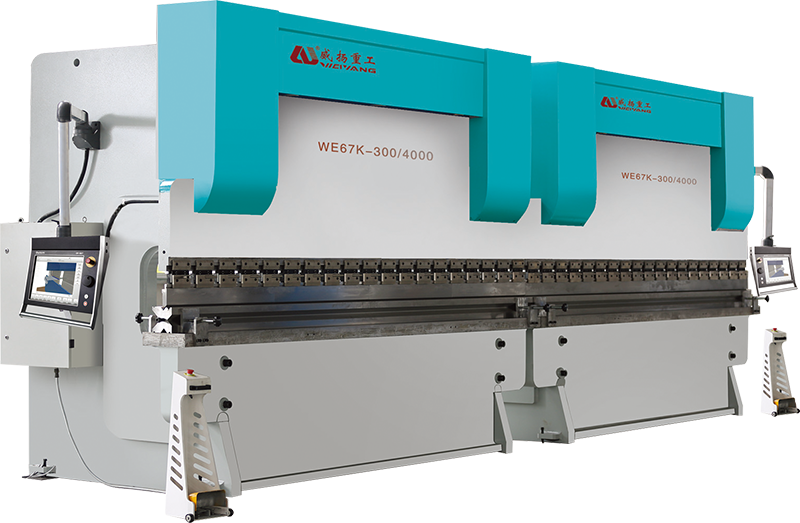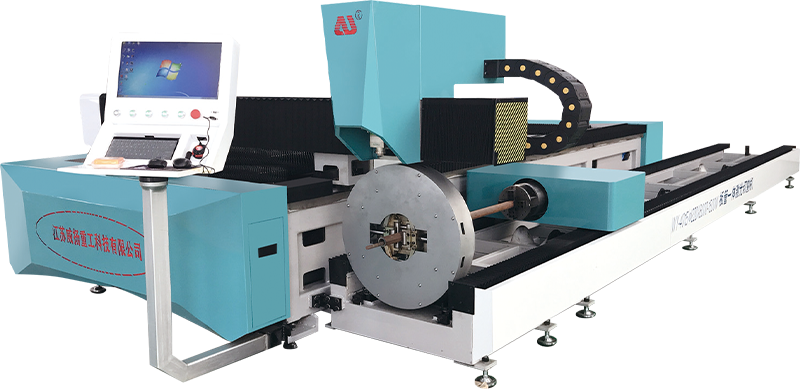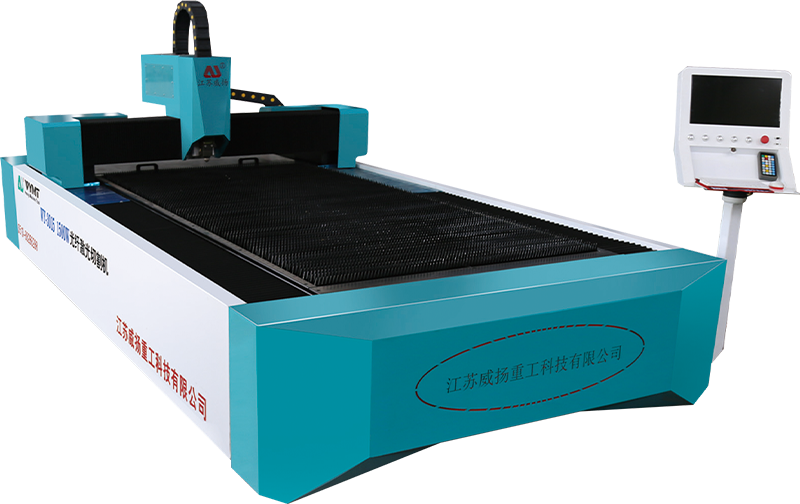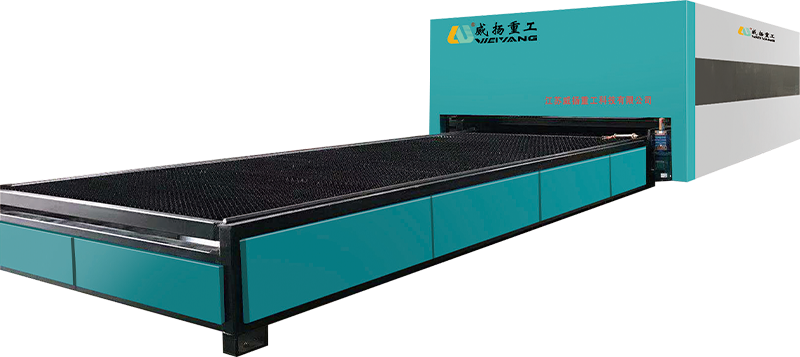How effective is the suction or water recovery system in the Hand Push Floor Washing Truck to ensure floors dry quickly after washing?
The core of the water recovery system in the Hand Push Floor Washing Truck lies in the performance of its vacuum motor. This motor is responsible for generating the suction force that draws wastewater from the floor surface into the recovery tank. High-performance models are typically equipped with motors ranging from 400W to 1000W, which provide sufficient airflow and vacuum pressure to lift and remove large volumes of dirty water quickly. The strength of the suction ensures minimal residual moisture remains on the floor surface, which is essential for rapid drying. The motor's continuous duty rating and airflow stability are critical in maintaining suction consistency during prolonged cleaning tasks. Units with robust motor protection—such as thermal overload switches—are also more reliable in commercial or industrial applications where continuous use is common.
The squeegee assembly is a fundamental component that works in tandem with the vacuum system to guide wastewater into the suction inlet. In most Hand Push Floor Washing Trucks, this component is strategically positioned at the rear and features a parabolic or V-shaped design. This configuration ensures uniform contact across the entire cleaning width, even when navigating uneven or sloped surfaces. High-quality squeegee blades are made of wear-resistant rubber compounds such as Linatex or polyurethane, which offer excellent flexibility and ground contact. The ability to adjust the squeegee pressure ensures the unit can adapt to a range of floor types, including smooth epoxy coatings, textured vinyl, or coarse ceramic tiles. This design significantly improves water recovery by ensuring no wastewater is left trailing after the machine passes.
The efficiency of the suction system is also influenced by the design and capacity of the recovery tank. A well-engineered Hand Push Floor Washing Truck typically features a recovery tank in the range of 20 to 30 liters, which supports extended operating times before requiring emptying. In addition to size, internal features such as baffle plates, air-water separators, and anti-foam devices are integral to ensuring the vacuum motor does not ingest moisture or debris, which could degrade suction performance. Baffles slow the movement of liquid inside the tank, reducing turbulence that could compromise suction pressure. High-end designs also incorporate float shut-off valves to automatically stop suction when the tank reaches full capacity, preventing overflow and potential damage to electrical components.
The effectiveness of the entire suction system hinges on the integrity of its airflow path. This includes suction hoses, hose clamps, couplings, and tank seals. Even a small leak at a hose joint or tank lid can lead to a significant drop in vacuum pressure, thereby reducing water pickup efficiency. Hand Push Floor Washing Trucks designed for professional use include heavy-duty, crush-resistant hoses and precision-molded seals to ensure airtight operation. Reinforced vacuum channels and transparent suction tubes may be incorporated, enabling the operator to visually inspect fluid flow and detect any blockages or leaks early. These design features contribute to stable and uninterrupted suction performance, even in demanding environments.
The Hand Push Floor Washing Truck is commonly used across a wide range of environments—such as retail stores, hospitals, schools, and industrial warehouses—each with varying floor textures. On flat, non-porous surfaces like polished concrete, ceramic tiles, or linoleum, the system can recover over 95% of the water applied during cleaning, often leaving the floor dry within 1 to 3 minutes. On more irregular surfaces such as textured anti-slip tiles, natural stone, or concrete with expansion joints, recovery efficiency may slightly decline.





